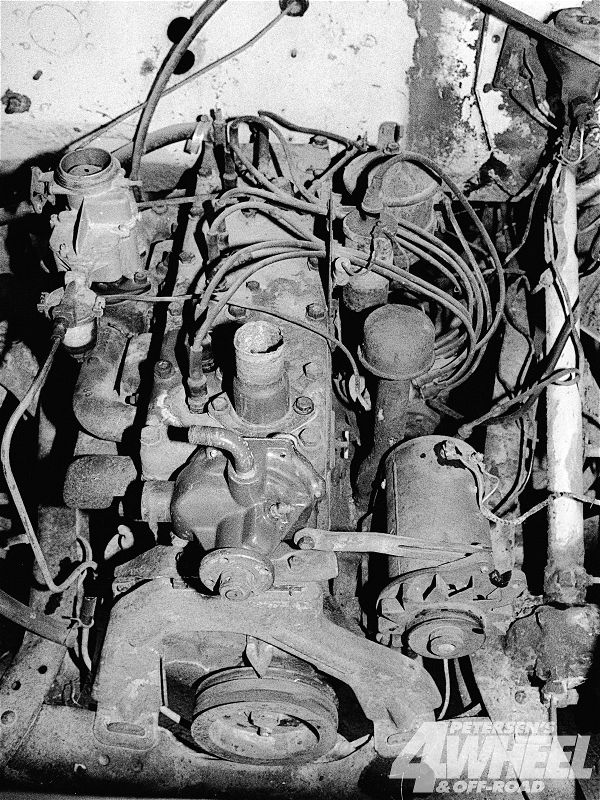
There it is! There you stand in somebody's backyard or garage, your eyes a little bit wide and your pulse taching up. It's a dirt-cheap, no-way-to-say-no deal on exactly the older precomputer 4x4 you've dreamed of fixing up.
You barely hear the seller saying, "Well, the engine hasn't been started in a little while, but it ran fine before I parked it." You know you have to own this truck and that's it. We've all been there (or certainly will be, sooner or later).

And pretty soon, it's time to try to wake up the sleeping engine. If the mill really has only been idle for a few months, the restart may not be a big deal. But let's take a look at a more extreme example that involves most of the problems you might encounter.
Our sleeping beauty was a '50s-vintage Dodge flathead six-cylinder engine in a pickup that the seller guessed had been parked for four or five years. Here's how we managed to revive the engine, using a low-buck, do-it-yourself approach.
PhotosView Slideshow













